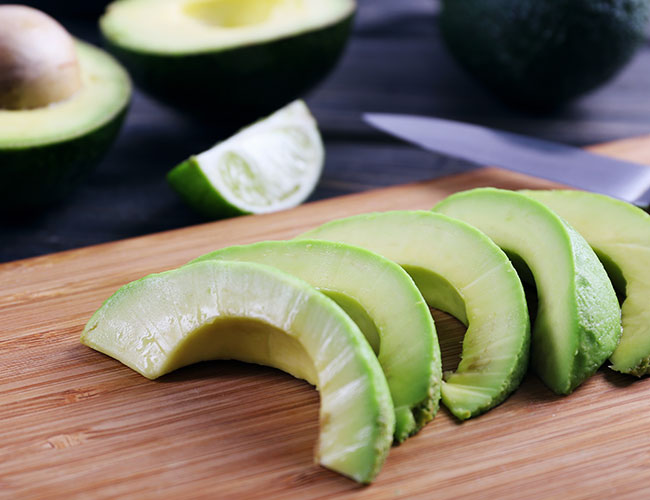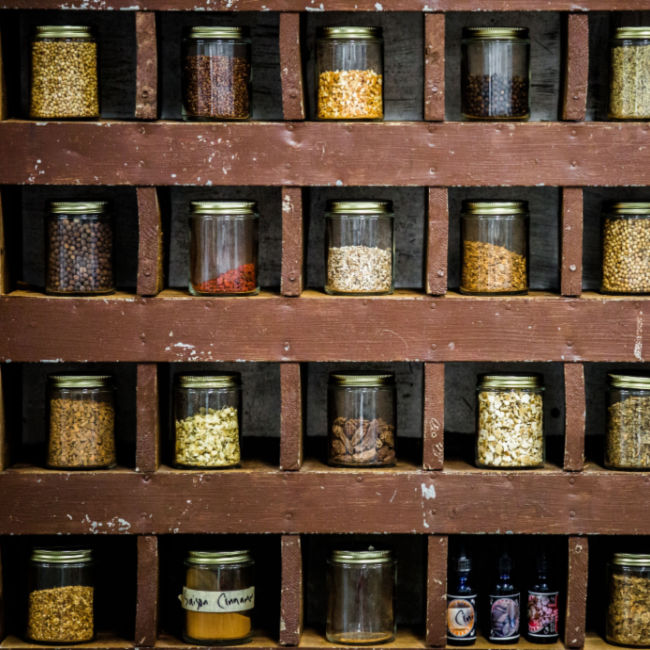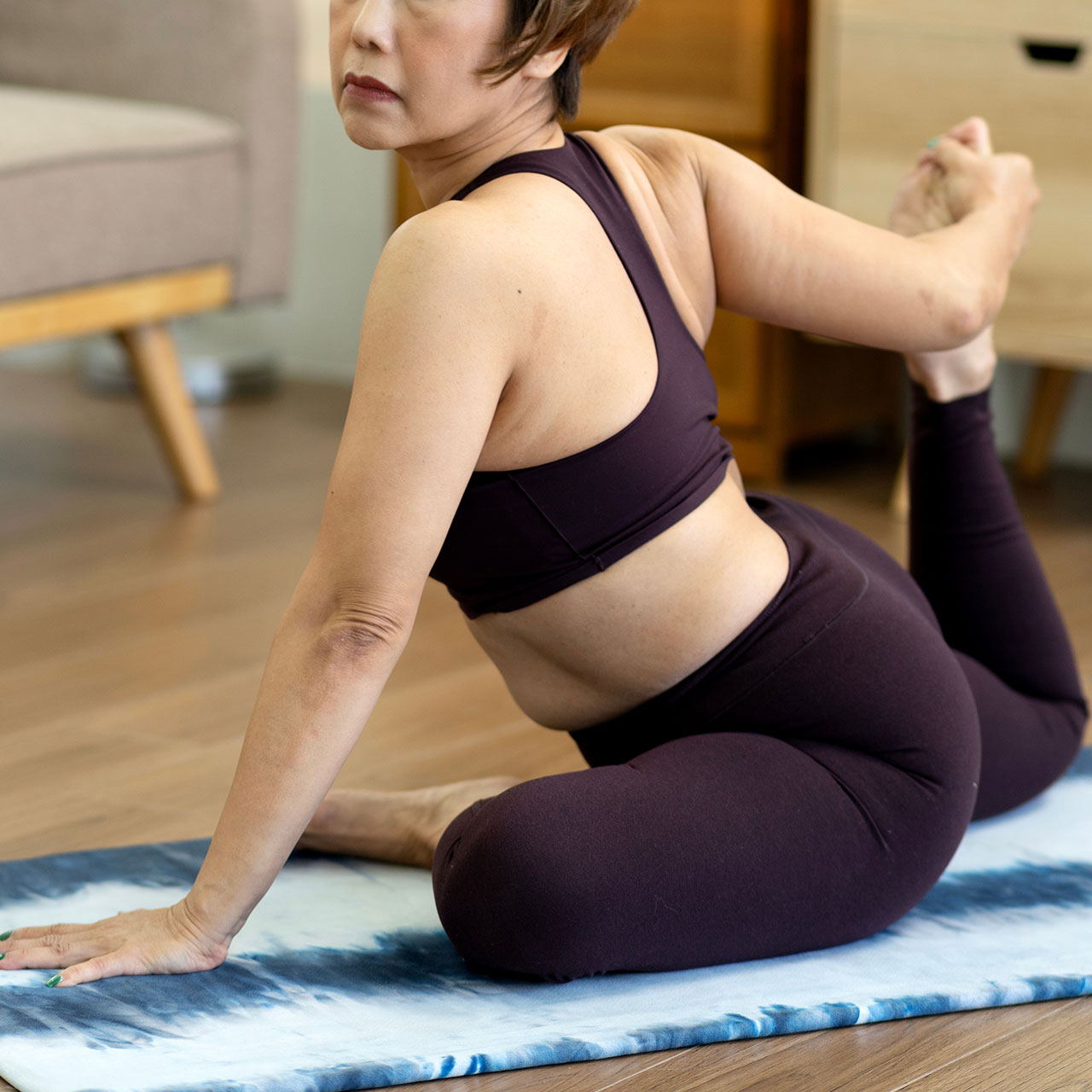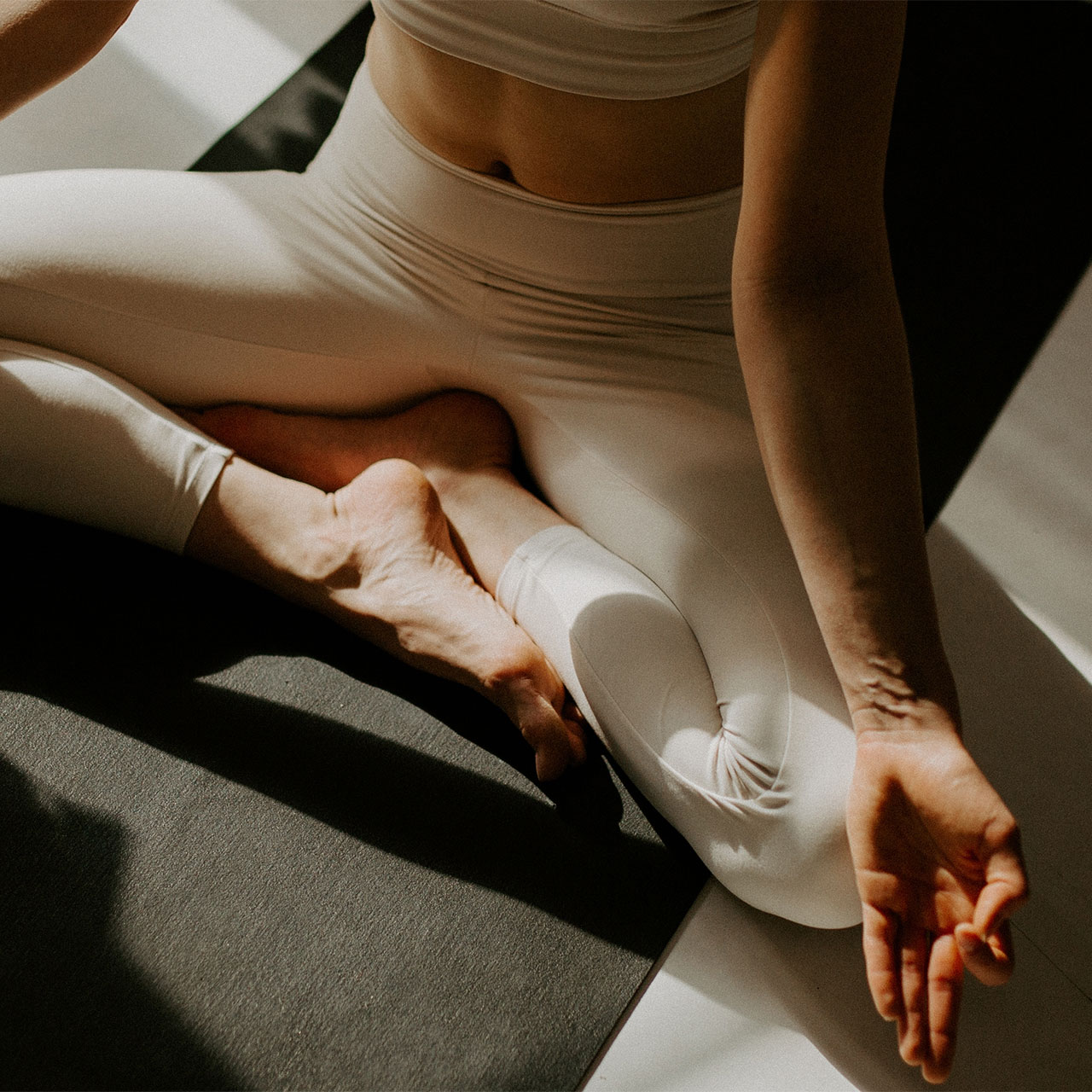If you’re trying to lose weight, you may be focused on creating the perfect workout routine that can help you shed those pounds. However, while exercise is one vital component of weight loss, it’s important to remember that your diet also plays a crucial role. It can be difficult to figure out exactly what you should and shouldn’t be eating, though. While cutting out processed foods, limiting your sugar intake, and eating your greens may all be no-brainers, planning three healthy meals a day may still be daunting. To help you along the way, we put together a step-by-step guide with some expert advice.
We spoke to Mary Sabat, nutritionist and personal trainer, to get the rundown on how to build a balanced, weight loss-friendly meal. She told us that proper proportions of vegetables, protein, carbs, and healthy fats are keys. Find her step-by-step process below!
READ MORE:
The One Salty Snack No One Over 40 Should Be Eating Anymore Because It’s So Bad For Your Metabolism
The Best Protein Habit For A Healthier Body Over 50, According To Experts
Experts Say You Should Stop Drinking This Sugary Beverage ASAP If You Care About Your Gut Health
The 4 Best High-Fiber Snacks That Speed Up Your Metabolism


Step 1: Start with a balanced plate.
The first thing to keep in mind is that the key to any healthy meal is balance. To ensure you’re hitting that mark, Sabat says that “a good rule of thumb is to fill half your plate with vegetables, a quarter of your plate with lean protein, and a quarter of your plate with low glycemic carbohydrates and a sliver of healthy fat.”
Vegetables are especially important, and should make up about half of your meal, because they can provide vitamins, minerals, and fiber. “Many people are malnourished even though they are overweight because they eat empty calorie foods,” Sabat points out. “Fiber is essential to help you feel satiated and keep cholesterol from building up in the body. It also aids in gut health.” Got it!

Step 2: Choose lean proteins
In addition to vegetables, protein is another highly important element of a healthy meal. Sabat says lean beef, chicken, fish, eggs, tofu, and beans are all good options. “Make sure animal products are always organic because you are what your meat eats and if your meat is eating GMO foods, hormones and antibiotics then you will also be eating these things which are harmful for health and weight,” she advises.
Protein is essential, especially when it comes to weight loss, because it “helps build and maintain muscle, keeps you feeling fuller for longer, and helps regulate your metabolism,” as Sabat notes, pointing out that “Protein costs more calories to digest than fats so it is also important to include them at each meal.”

Step 3: Choose complex carbohydrates
Next up, you can throw some complex carbs into the mix. Despite what you may have been led to believe, not all carbs are bad! Options like whole grains, quinoa, oats, and sweet potatoes can support healthy weight loss. “Complex carbohydrates provide energy and fuel for your body and brain. If we go too low in carbohydrates we also risk interfering with healthy brain chemistry as they are directly related to serotonin levels,” Sabat explains.
However, she says that you should “be sure to measure just a portion of one of these per meal” and also tells us that “skipping this part and adding more vegetables at the evening meal may be important for people who are insulin resistant and need slightly lower carbohydrates.”

Step 4: Include healthy fats
Just as there are such things about good carbs, there are also plenty of good fats to choose from–and they’re an important ingredient in any balanced meal. Olive oil, avocado, nuts, and seeds make great additions to your plate.
“Healthy fats are important for hormone production and the absorption of vitamins and minerals,” Sabat says. Additionally, adding these foods to your meal will “aid in satiety and keep us fuller longer.” Just remember to limit the amount of healthy fats you consume, as they’re high in calories and best eaten in moderation.

Step 5: Add flavor with herbs and spices
There’s no need to eat a bland meal! In fact, herbs and spices can not only add flavor to the mix, but they can also help kick up the health of your food. Sabat notes that certain spices can boost your metabolism in order to aid weight loss. Options like ginger, cayenne, turmeric, and more are all great choices when it comes to delicious ingredients that can also help you slim down.
So, there you have it: your go-to guide for building a delicious, satiating meal that can help your body thrive. By eating three meals a day that incorporate the right amount of vegetables, protein, carbs, and fats (in addition to maintaining an effective workout routine) you’ll be well on your way to your goal weight.


























